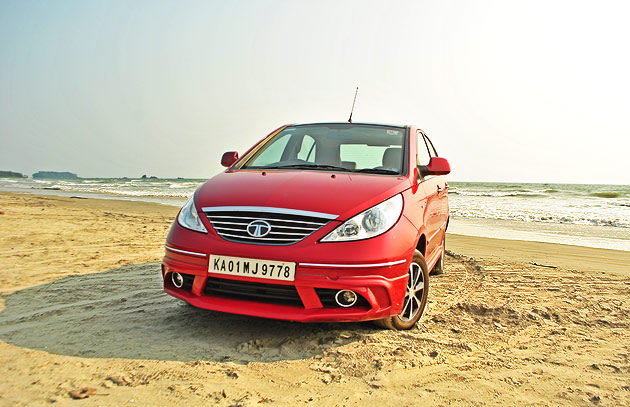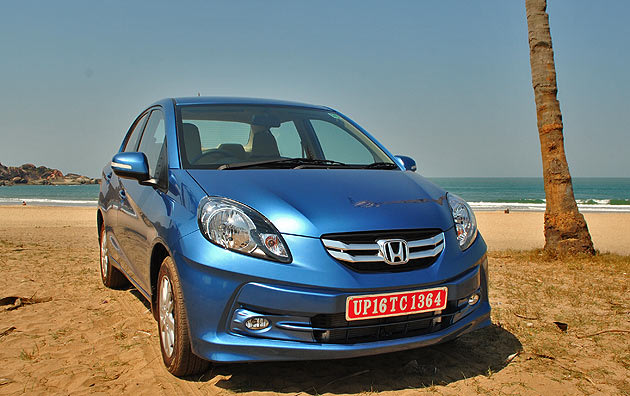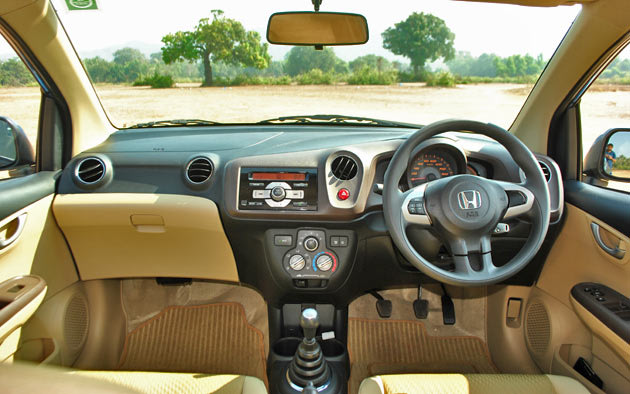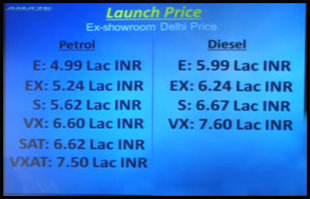According to the market experts at Hagerty,
2014 was a banner year for collector-car sales, with more than $1.3 billion in action from the major events in Arizona, Pebble Beach and elsewhere. Here's the Hagerty list of the 10 most expensive cars sold at auction this year
1962 Ferrari 250 GT Coupe

Forget Wall Street, or Silicon Valley. Oh, to be a dealer in exotic cars. Your biggest problem would be where to stash all the loot.
Consider that 2013 was surely thought to be a high water mark in the collectible car world, with $1.2 billion in auction house sales. But 2014 will beat that, notching $1.3 billion in hawked sheetmetal — about a third of that during Pebble Beach’s iconic auction week — thanks in large part to vintage Ferrari sales that continue to beggar belief.
Consider that the 10 most expensive cars sold this year were all Prancing Horse models from the ‘50s or ‘60s, which combined brought in north of $125 million. For just ten cars.
Numero uno? A 1962 Ferrari GTO that Bonhams sold for $38 million. Second? A 275 GTB/C for $26 million hammered down by RM Auctions. Well, let’s see, what’ll it be today, a new sprawling ranch in Colorado, or a car?
“It was another banner year for classic cars, with gains at the top-end and more modest growth for the bulk of the market,” says McKeel Hagerty, CEO of the classic car insurer Hagerty, which tallied the 2014 auction stats.
While the Ferrari numbers don’t surprise Hagerty, interest in cars for far saner prices suggest 2015 may witness a new crop of stars coming to the fore. “For example,” he says, “as some people have been priced out of the Shelby Cobra market, they have shifted their focus to Sunbeam Tigers, a lightweight British roadster with an American V8.”
Conversations with execs from four top auction houses echo a few overlapping themes, while revealing some disagreement over some hot models will continue their meteoric rise.
For starters, everyone’s in agreement that these prices are no fluke. Unlike the crazy and largely speculator-driven boom in the late ‘80s, when seemingly anything exotic sold for comical multiples of its true value, today’s huge sales are for vehicles that could well be considered rare automotive art.
“There is a solid foundation around the current boom,” says Alan Squindo, vice president at RM, whose top three sales were the aforementioned 275, a 1964 Ferrari 250 LM ($11 million) and a 1967 Ferrari 275 ($10 million).
“What you won’t hear about are the cars that did not sell for $10 or $20 million. It’s only the cream that rises,” he says. “It’s the best color, the best restoration, the best history. You’ve got to have the perfect storm.”
David Gooding of Gooding and Company is adamant “we’re not in a bubble,” and in fact is not so secretly pleased whenever high-priced cars that perhaps aren’t quite superstars fail to achieve sales figures that should be reserved for truly rare steeds.
“Some cars’ (valuations) had been going up too fast I thought, which wasn’t sustainable, so it’s great to see sanity prevail,” says Gooding, whose top three sellers were a 1961 Ferrari 250 GT ($15 million), a 1955 Aston Martin DB3S ($5.5 million) and a world-record setting McLaren F1 GTR ($5.2 million). “Naysayers say cars not hitting their mark is a sign of weakness (in the market). No, I say that just shows that there is always strong demand for fresh, quality cars at the right price.”
Frank Mecum, 2014 represented “our biggest year of growth yet, in fact, we are enjoying peak years that I feel will continue for another two or three.”
Mecum’s outfit is particularly known for its sales of classic American iron, and this past year saw some big numbers for a range of machines. Topping the heap was a 1964 Ford GT40 Prototype, which fetched $7 million. Next was a 1971 Plymouth Hemi Cuda at $3.5 million, and third was yet another Ferrari, this one a 1961 Ferrari 250 Series II Cabriolet at $2.2 million.
“For 2015, I’m predicting more growth in a broader range of marques,” says Mecum. “And I’ll go ahead and say that the biggest growth could be in motorcycles. For such a long time it’s been a small hobby, but I see that changing.”
Drew Alcazar of Russo and Steele says he has been through three classic car booms and busts. And while he’s been the beneficiary of this most recent explosion in values — top three in 2014: 1956 Mercedes-Benz 300SL at $1.3, 1966 Lamborghini 350GT at $740,000 and a 1972 Ferrari 365 GTB/4 Daytona at $730,000 — he thinks today’s prices are causing some exotic owners to be overly optimistic.
“It’s interesting, today you talk to someone about consigning their (Ferrari) 330 GTC or even a Daytona or Dino, and they don’t want to sell them,” says Alcazar. “They seem sure their cars will be worth double soon. But will these prices leap exponentially as they have in the past 18 months? No.”
He uses the example of a classic ‘50s Mercedes Gullwing, which in roughly six years has tripled in value from $500,000 to $1.5 million. “Will that car triple again by 2020?” he asks. “I doubt it.”
Like all the top auto auction houses, Russo and Steele looks to the annual week-long car extravaganza in Pebble Beach as both a showpiece and guideline for the industry. While this past summer’s event raked in an impressive $430 million, Alcazar saw hints of sanity in the crazy sales.
“I noticed a leveling at Monterey this year, a hesitancy to perpetuate the exponential compounding of values for some cars,” he says, pointing specifically to Porsche’s legendary air-cooled 911 sports car. While very special editions of the model continue to see mushrooming values - such as rare RS, Turbo and Speedster variants — Alcazar says that 2015 may be the year that more pedestrian model values fall back to earth.
“The 911 is a special car, but it’s important to understand there are a ton of them out there,” he says, and Porsche itself brags that some 70% of its vehicles are still on the road today. “People will always pay for stellar, no stories cars. But the rest, they may not.”
As the new classic car auction calendar unfolds in Scottsdale, Ariz., next month with events from Gooding, RM, Barrett-Jackson and others, it will be interesting to see what their top sales tell us about the year to come.
1965 Ford GT40 Roadster Prototype























 Amaze comes to the market with a tough assignment -- to regain Honda’s lost sheen. It’s not going to be an easy fight with the Maruti Dzire, a car that’s already a household name. But the Amaze has advantage in terms of space, mileage, appearance and above all, it has reliability of a Honda car. Now, Honda has priced the Amaze on par with the Dzire too. Hmm...looks like the Amaze is going to give Dzire a run for its money.
Amaze comes to the market with a tough assignment -- to regain Honda’s lost sheen. It’s not going to be an easy fight with the Maruti Dzire, a car that’s already a household name. But the Amaze has advantage in terms of space, mileage, appearance and above all, it has reliability of a Honda car. Now, Honda has priced the Amaze on par with the Dzire too. Hmm...looks like the Amaze is going to give Dzire a run for its money.